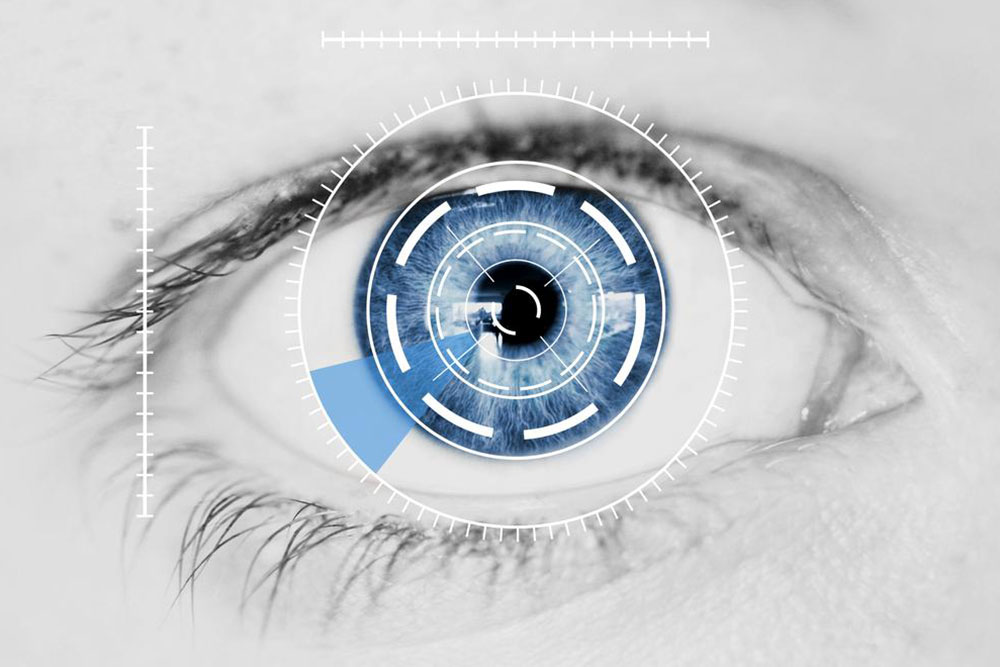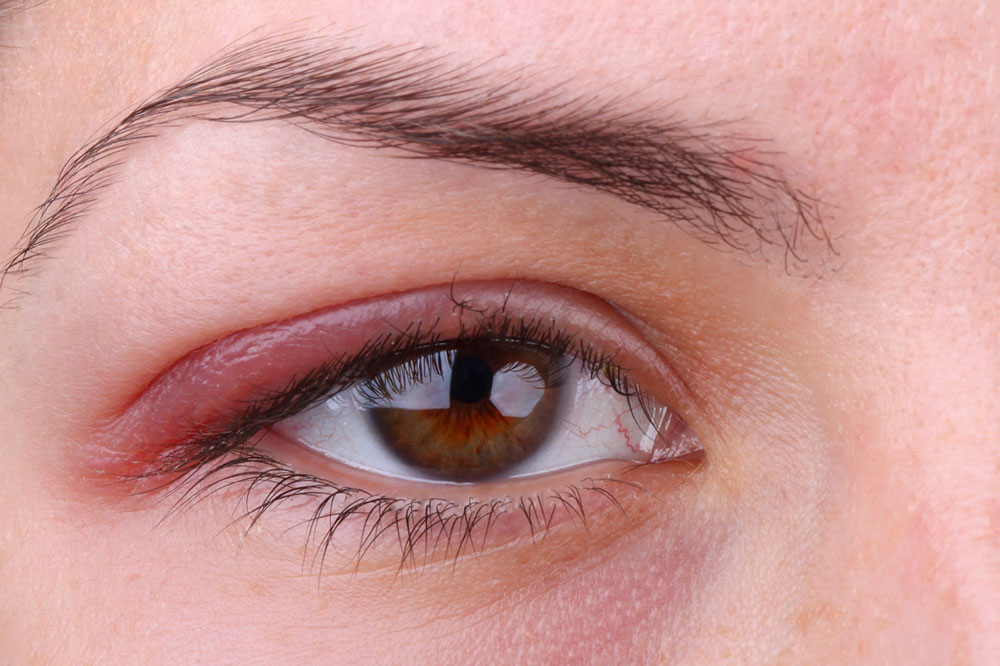Comprehensive Guide to Recognizing Common Signs and Symptoms of Eye Health Issues
This comprehensive guide covers essential signs and symptoms of various eye conditions, emphasizing the importance of early detection and treatment. It explores common issues such as eyestrain, redness, night blindness, cataracts, glaucoma, and more, providing practical advice to identify warning signals. Recognizing these symptoms early can prevent serious complications and preserve vision. The article highlights the prevalence of eye problems, discusses causes and symptoms, and stresses the significance of professional evaluation for maintaining optimal eye health. Ideal for increasing awareness and promoting proactive care, especially among older adults.

Recognizing Signs and Symptoms of Common Eye Conditions for Early Detection
The human eye is an incredibly intricate and delicate organ, vital for our primary sense of sight. It consists of multiple interconnected structures, including the cornea, iris, pupil, lens, and retina, each playing a crucial role in capturing light, focusing images, and transmitting visual information to the brain. Given the complexity and importance of the eyes, maintaining their health is essential, and recognizing early warning signs of eye problems can make a significant difference in treatment outcomes. Globally, eye-related health issues represent a substantial challenge, affecting millions and often leading to diminished quality of life if left untreated.
In the United States alone, millions of individuals face visual ailments—with 24.4 million Americans diagnosed with cataracts. By the age of 75, approximately half of the population develops this condition, making it one of the most common age-related eye diseases. Other prevalent conditions include glaucoma, affecting around 2.7 million Americans, and age-related macular degeneration (AMD), impacting approximately 2.1 million. These statistics underscore the importance of awareness and early diagnosis in preventing irreversible vision loss and enhancing overall eye health.
Understanding the symptoms associated with various eye conditions enables individuals to seek timely medical intervention. Common signs include a range of visual disturbances, discomfort, and physical changes in and around the eyes. Recognizing these indicators early can be crucial in managing and treating eye diseases effectively, thereby preserving sight and quality of life.
Eyestrain: This common issue arises from prolonged activities such as excessive computer use, reading, or driving. It manifests as tiredness, dryness, soreness, or a gritty sensation in the eyes. While resting the eyes periodically, implementing ergonomic practices, and maintaining proper lighting can mitigate eyestrain, persistent symptoms should prompt consultation with an eye care professional to prevent further discomfort.
Red Eyes: Dilation of blood vessels in the sclera leads to redness, often caused by infections like conjunctivitis, allergies, lack of sleep, or sun exposure. Redness accompanied by pain, discharge, or vision changes warrants medical evaluation to determine the underlying cause and receive appropriate treatment.
Night Blindness: Difficulty seeing in low-light conditions or at night can be related to vitamin A deficiency, cataracts, or myopia. Genetic factors may also play a role. If night blindness persists or worsens, a comprehensive eye assessment is recommended to diagnose and address the underlying issue.
Lazy Eye (Amblyopia): Characterized by poor vision development in one eye, amblyopia typically results from improper eye alignment or visual development in childhood. Early detection and treatment, including patching or vision therapy, are essential to prevent lifelong vision impairment.
Blurry Vision: A common symptom associated with refractive errors such as nearsightedness, farsightedness, or astigmatism, and retinal issues. Persistent blurriness can significantly impact daily activities and should be evaluated by an eye care specialist for corrective measures.
Double Vision: Seeing two images simultaneously may indicate misaligned eyes (strabismus), muscle weakness, or neurological conditions. It can also result from fatigue or headaches. Accurate diagnosis is vital for appropriate treatment, which may include corrective lenses or surgery.
Impaired Depth Perception: Difficulty judging distances and spatial relationships can stem from binocular vision problems or nerve issues. This symptom affects activities like driving or sports and warrants professional eye assessment for proper management.
Cloudy Eyes: Cloudiness or haziness in vision often signals cataracts—caused by protein deposits in the lens. Early detection can lead to effective surgical removal and vision restoration.
Color Vision Deficiency: Usually genetic, this condition impairs the ability to distinguish between certain colors, notably reds and greens, or causes a grayscale view. Sometimes, medication or health issues can contribute. Awareness helps manage daily activities and safety concerns.
Uveitis: Inflammation of the uveal tract presents with eye pain, redness, light sensitivity, and blurred vision. If untreated, uveitis can lead to severe complications including vision loss. Prompt diagnosis and treatment are essential for preserving ocular health.
Ocular Pain: Discomfort arising from injuries, scratches, foreign objects, or infections like conjunctivitis can damage the cornea or other eye structures. Persistent pain should be evaluated by an ophthalmologist promptly to prevent lasting damage.
Age-Related Macular Degeneration: Predominantly affecting those over 65, AMD leads to deterioration of the central retina (macula), resulting in loss of central vision. Symptoms include blurred vision, distorted images, and color fading. Early detection is vital to slow progression and preserve independence.
Glaucoma: Characterized by increased intraocular pressure damaging the optic nerve, glaucoma often progresses silently until significant vision loss occurs. Without early treatment, it can cause irreversible blindness. Regular eye exams are crucial for early diagnosis and management.
Summary: Given the eye's complex anatomy and vital function, recognizing early signs of eye conditions is crucial. Timely medical intervention can prevent severe complications, preserve vision, and improve overall quality of life. Being aware of common symptoms and seeking prompt care ensures better health outcomes and sustained visual clarity.





